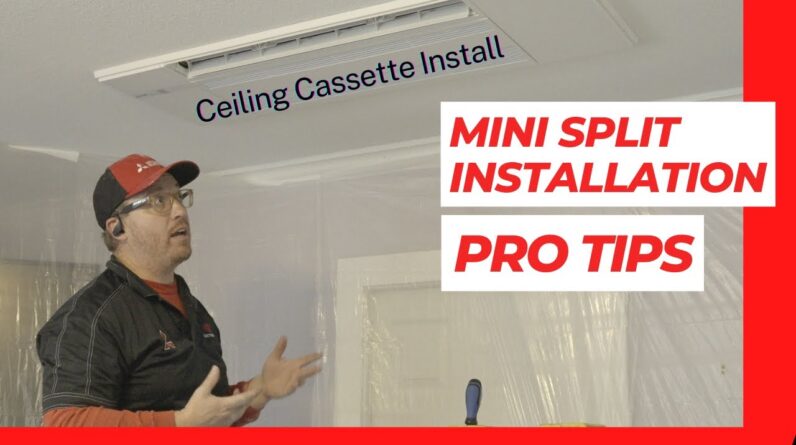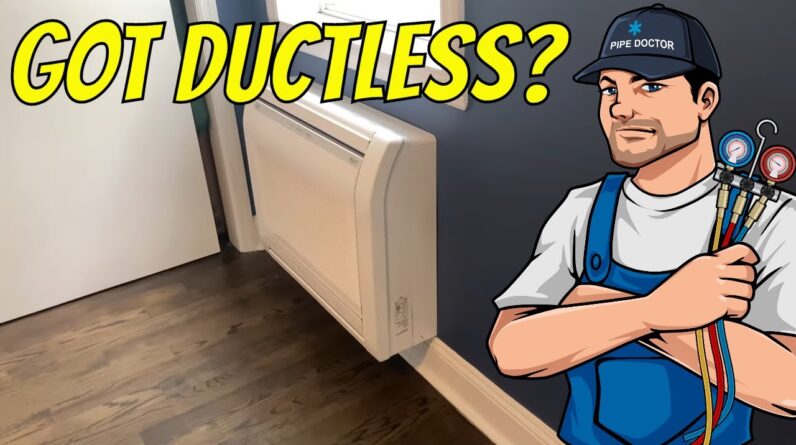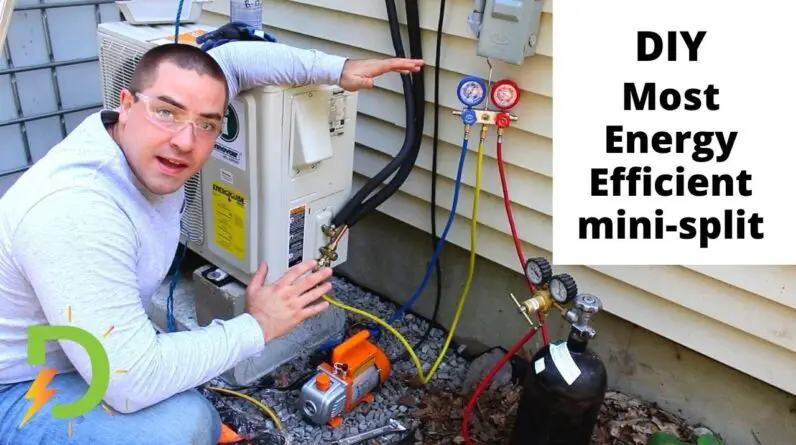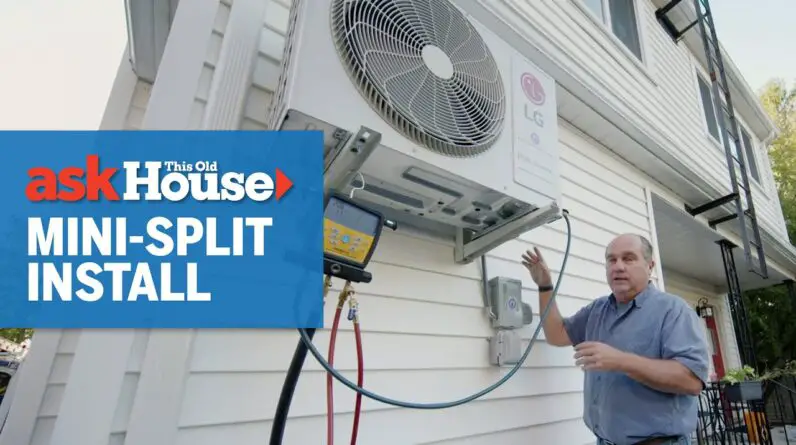Understanding Mini Split Systems
The Definition and Basics of Mini Split Systems
Graham Friels, a representative from Clean Air Heating and Cooling, provides an insightful overview of mini split systems in a YouTube video. These systems are a more compact version of traditional central air conditioning systems that don’t require ductwork. They primarily consist of two components: the indoor air handler and the outdoor condenser, which are connected via a refrigerant line that usually runs through an external wall of your home.
How Mini Split Systems Work
Ductless mini split systems function by transferring warm air from one location to another via heat exchange coils. In the colder winter months, the outdoor condenser absorbs warmth from outside and transmits it to the indoor air handler. Conversely, during the hot summer months, the indoor air handler extracts warm air from your home and pushes it outward while replacing it with cooler air.
Why Choose Mini Split Systems Over Central Air Systems?
There are several reasons why homeowners might lean towards a mini split system rather than a traditional central air system. The primary reason is the lack of need for ductwork, making it an ideal solution for older homes that may not have a pre-existing ductwork system or for heating and cooling areas like garages or sheds. Additionally, mini split systems are cost-effective, energy-efficient, versatile in terms of design and installation, and offer improved air quality compared to traditional systems.
Choosing the Right Size and Type of Mini Split System
Determining the Size and BTU Requirements
In order to select the appropriate size and type of mini split system for your home, various factors must be considered. These include the size of your home, the number of rooms or zones you want to heat or cool, the level of insulation in your home, the amount of sunlight your home receives, and the local climate. Keep in mind that each room or zone in your house will require a separate air handler or indoor unit.
Indoor Unit Options for Your Home
When it comes to the indoor air handler, there are three main options to choose from, including wall-mounted, ceiling cassette, and floor-mounted units. Wall-mounted units are the most common option as they are sleek and have excellent design features. Ceiling cassettes are flush-mounted and can either blow air in two or four directions, offering a more discrete solution. Floor-mounted units are perfect for homes with low ceilings or slanted walls where wall-mounted units may not be suitable.
Installation Process and Cost of Mini Split Systems
Installation Process
Installing a mini split system consists of a series of steps. After setting up the outdoor unit’s base and choosing the ideal location for the indoor air handler, the next step is cutting a hole in the wall to run the lines from the air handler to the condenser. Then, you will secure the air handler on the mounting bracket and install the outdoor condensing unit. Once both units have been installed, you’ll run refrigerant lines between them and secure them with a protective covering called “speedy channel.
Cost of Mini Split Systems
Various factors affect the overall cost of a mini split system, including the size and type of unit, the brand, and the complexity of the installation. Prices can range from a few thousand dollars to over ten thousand dollars, depending on these factors. Always get multiple bids from HVAC companies, ensuring that they are licensed, insured, and reputable to ensure a high-quality installation at a reasonable price.
Appearance of Mini Split Systems in Your Home
When considering the appearance of a mini split system, it’s important to note that outdoor units are smaller and less noticeable than central air units. They also tend to be quieter, allowing for more discreet operation. Indoor units, such as wall-mounted or ceiling cassette units, can blend seamlessly into your home’s design and can be easily adapted to various room configurations. Ultimately, the appearance and function of mini split systems provide homeowners with an efficient, versatile, and aesthetically pleasing solution for their heating and cooling needs.






